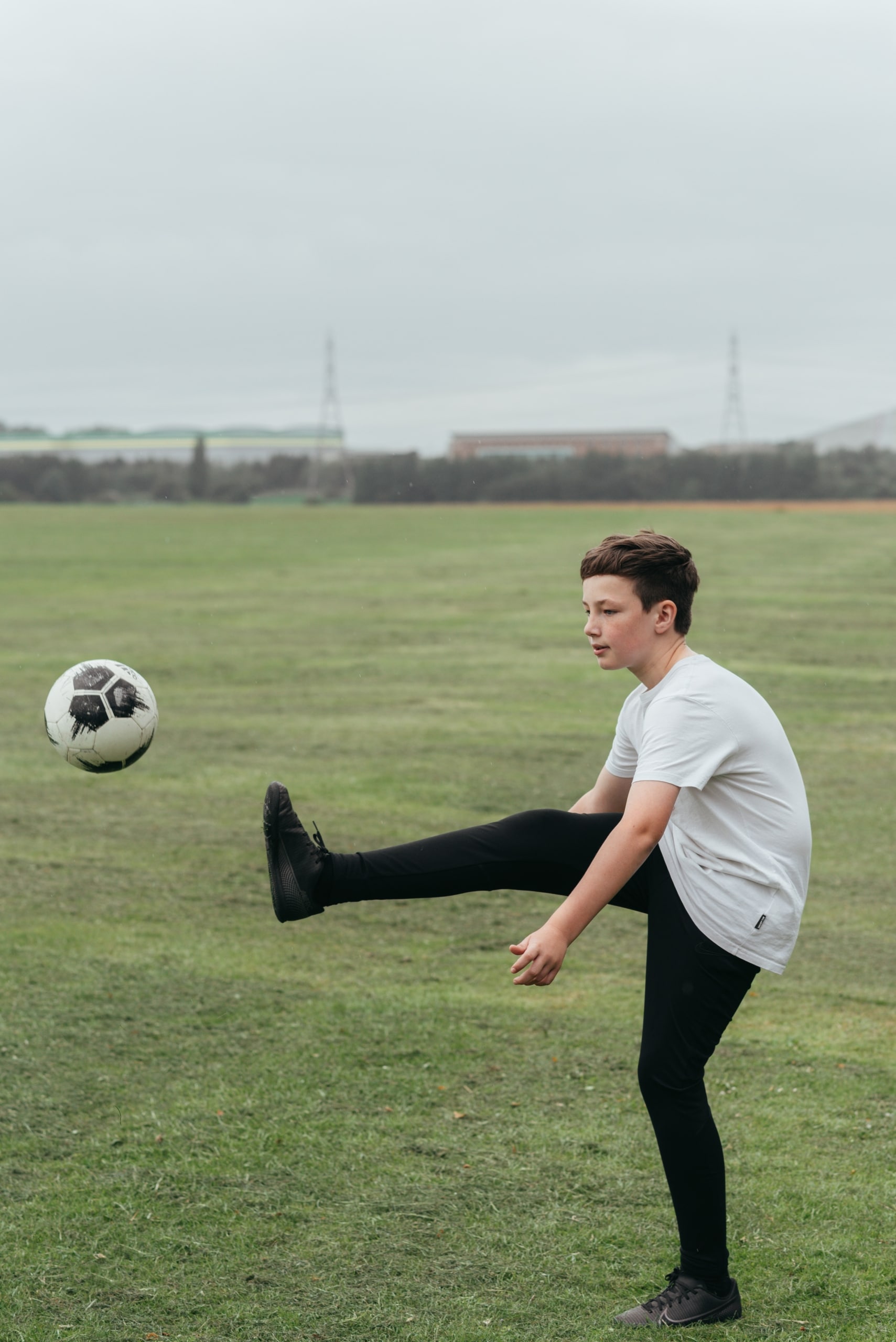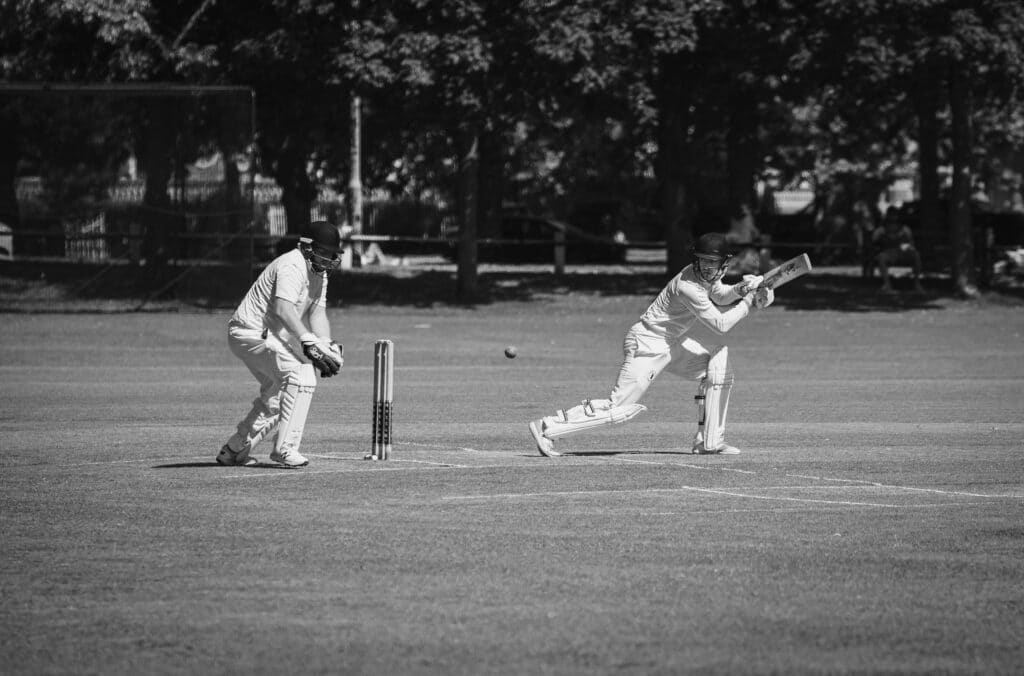What to do for growing pains
What we’ll cover
- What is severs?
- Who is most at risk of getting severs?
- How does severs occur?
- What is osgood schlatters?
- Who is most at risk of getting osgood schllaters?
- How does osgood schlatters occur?
- What is Sinding Larsen syndrome?
- How does Sinding larsen syndrome occur?
- What can you do to prevent growing pain in children?
What to do for growing pains
Local junior and school sport is back in a big way as children were starved of this for an entire year. When playing any sport, there is always a risk of injury including trauma or contact-based injuries. Whilst there is little that can be done to prevent the likelihood of traumatic injuries, over use injuries such as Severs and Osgood Schlatters can be prevented or reduced.
In adolescents and children, a large portion of injuries that do occur are a result of overuse from “over-exercising” or “doing too much too quickly”. When combined with growth spurts, these injuries are particularly prevalent in the adolescent population between the ages of 10 – 15 years. This age group is also commonly involved in participation of multiple sports during the same time frames.
The 3 most common injuries since in boys and girls are Severs Disease, Osgood Schlatters and Sinding Larsen Syndrome. These injuries are namely overload-type injuries and can be traced back to “over-exercising”. The mechanism of all these injuries are very similar.
What is severs?
Severs disease is a common condition that causes pain around the back of the heel and achilles region. It usually occurs on one leg but can cause symptoms on both sides. Symptoms commonly come on with running or jumping. However, in severe cases can actually linger even after activity has stopped.
It is also known as calcaneal apophysitis and is a painful condition caused by repetitive microtrauma to the calcaneal apophysis (heel) due to the traction of the Achilles tendon.
Who is most at risk of getting severs?
Active children and adolescents (x 4-6/week sport) that engage in many jumping, landing and running sports such as AFL, basketball and netball. Usually this occurs in adolescents in the early phase of their growth spurt.
How does severs occur?
Throughout the growing phase, the skeletal system in adolescents is not fully mature. The calcaneal apophysis (heel) becomes only fully matures roughly by the ages of 15-17. Prior to these ages, the growth zone of the heel is still maturing and is most at risk of injury. Due to the high traction force applied to the heel bone by the achilles when playing sports which involve repetitive jumping or running, the constant microtrauma to the bone elicits inflammation and thus pain. The strong achilles pulling on a growing growth plate is the main cause of symptoms
What is osgood schlatters?
Osgood schlatters is a condition that causes pain at the front of the knee around the base of the knee cap. It is also known as traction apophysitis and is a painful condition caused by repetitive microtrauma to the tibial tuberosity (shin bone) due to the traction of the quadriceps tendon onto the patella tendon.
Who is most at risk of getting osgood schllaters?
Active children and adolescents (x 4-6/week sport) that engage in many jumping, landing and running sports such as AFL, basketball and netball. You can develop osgood schlatters on both the left and right but it usually affects one side. It usually coincides in the early stages of growth spurts. Whilst both genders can get it, is is more common in males than females.
How does osgood schlatters occur?
The high traction force of the patella tendon causes repetitive trauma to the insertion point of the tendon to the tibial tuberosity (shin). This causes abnormal ossification and growth of the tibial tubercle causing pain and inflammation. In some cases, a noticeable raised and tender bump of excess bone can be noticed just below the knee cap.
What is Sinding Larsen syndrome?
Sinding larsen syndrome is a condition that causes pain around the medial aspect around the front of the knee. It is an overuse injury that is caused inflammation of the bone at the bottom of the patella where the patella tendon originates from.
How does Sinding larsen syndrome occur?
It is typically caused by microtrauma to the inferior pole of the patella by the constant traction force of the quadriceps (anterior thigh) during sport. If untreated and becomes chronic, there can be ossification or calcification of the bone.
What can you do to prevent growing pain in children?
All three of these common growing pains can be classified as overuse injuries and occur when children “over-exercise”. They can be a significant source of pain often limiting sport and in severe cases cause pain on a day to day basis.
Growing pains should not be considered as normal as these conditions only occur following repetitive stress applied to an immature skeletal system. Good long term sporting habits can greatly assist to prevent future growing pains. It is important to note that many children experience multiple growing spurts making them prone to these conditions re-occuring if not managed appropriately.
Implementing good sporting habits such as warming up and cooling down can reduce the likelihood of growing pain. Depending on your child’s age, this can be difficult to implement. Consider warming up by doing sport specific exercises such as jogging whilst dribbling a soccer ball through an obstacle course or kicking drills making the distance progressive longer and longer. Warming down can involve parking your car further away resulting in a “cool down” walk back to the car.
Physiotherapy will reduce pain and assist in returning to sport as quickly and as safe as possible. Specific and age appropriate flexibility and strengthening exercises can assist to reduce pain but most importantly prevent re-occurence. In some cases, biomechanics such as flat foot or high arch foot postures can be addressed.
If your child is experiencing growing pains, contact our friendly team or book online today.


